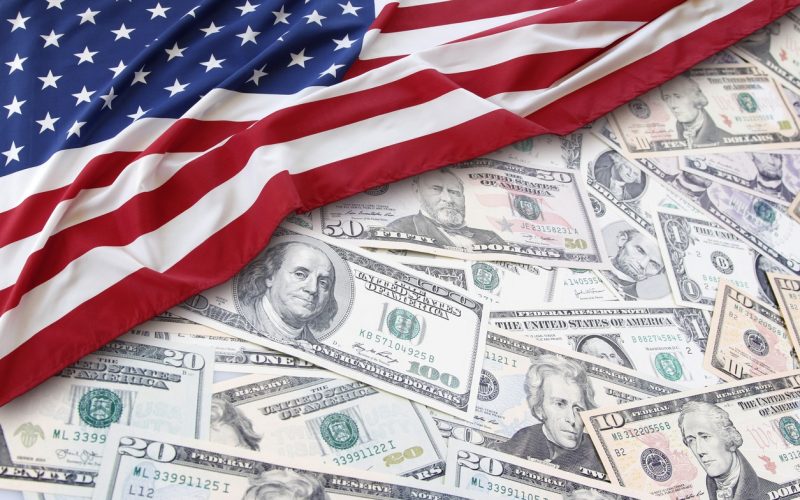Warren Buffet’s famous observation, “Interest rates are to asset prices like gravity to apple; they power everything in the economic universe”, is very relevant now. The single most important factor impacting equity and bond markets, globally, is the interest rate trend in the mother market US. Inflation in US, though trending down, continues to be higher-than-anticipated earlier, and consequently, the markets are pricing-in ‘higher for longer’ interest rate regime.
The 1-year bond yield in US shot up to 5 percent recently, making fixed income investment highly attractive. As Warren Buffet cautioned, when interest rates go up, stock and bond prices go down. In this rate hiking cycle in the US, the Fed has raised rates by 475 bp. This highly restrictive monetary policy will continue to be a headwind for equity markets in the short run.
To watch video explaining the ongoing stress in the US banking system, click here
The global economic situation continues to be dynamic and evolving. When the aggressive monetary tightening began in the US in 2022, it was believed that the US economy will tip into recession by early 2023. But the US economy is showing no signs of recession, as of now. The US unemployment rate at 3.6 percent is at a 50-year low and the labour market continues to be surprisingly tight.
The Monetary Policy Committee also is not done with tightening. The repo rate has moved up from 4 percent to 6.5 percent, so far in this tightening cycle. Fixed income returns have become attractive and are likely to remain high for some time. Therefore, fixed income assets should be an integral part of investors’ portfolio for the short-term.
In the latest meeting, the Federal Open Market Committee (FOMC) decided to raise rates by 25 bp taking the target Fed Funds rate to 4.75 to 5 percent, indicating that there won’t be any laxity in inflation control. The Fed chief Jerome Powell commented that the tightening of credit conditions, following the stress in the banking system, will have an impact on demand thereby slowing down the economy.
The Fed chief’s strong assertion that the “US banking system is strong, resilient and well-capitalized with adequate liquidity” is reassuring and has calmed the markets for the time being. However, more bad news is likely: more banks are likely to face stress from loss in investments. So long as the number of stressed banks is low, there is nothing to fear. The Chicago Board Options Exchange Volatility Index (CBOE VIX) at around 22 doesn’t indicate fear in the market.
This challenging market environment also provides an opportunity for investors. Indian economy is doing well even in this difficult global environment. India is likely to achieve a GDP growth rate of 6.8 percent in FY 23 and around 6 percent in FY 24. This means India will be the fastest growing large economy in the world for three years in a row. US growth will slow down this year and the Euro Zone is struggling with anaemic growth rates. China’s growth rate will remain low for many years. Therefore, India will continue to remain an attractive investment destination. If the market corrects and valuations become attractive, there will be a flood of portfolio flows to India.
A steady trend will emerge only after the markets sees clarity in the trends in US inflation, Fed’s policy response, and its impact on the US and global economy. Investors should wait with patience and use weakness in the market to buy high-quality stocks for the long-term.







